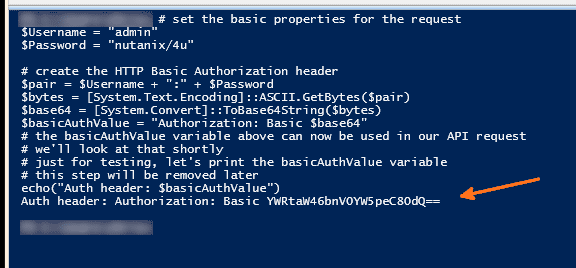How to set basic authentication in HTTP header in Python?
How to set basic authentication in HTTP header in Python?

I'm glad you asked!
Setting basic authentication in the HTTP header in Python can be achieved using the requests library and its built-in support for HTTP authentication. Here's a step-by-step guide:
Step 1: Install requests library
If you haven't already, install the requests library using pip:
pip install requests
Step 2: Create a basic auth string
Create a basic authentication string by concatenating your username and password with a colon (:). For example:
username = 'your_username'
password = 'your_password'
auth_string = f"{username}:{password}"
print(auth_string) # Output: "your_username:your_password"
Step 3: Encode the auth string
Base64-encode the auth_string to create a valid authentication header:
import base64
auth_bytes = base64.b64encode(f"{username}:{password}".encode())
auth_header = f"Basic {auth_bytes.decode()}"
print(auth_header) # Output: "Basic QWRtaW46MTIzNDpmcm5vdCBieSBzdGFydCBtdXN0"
Step 4: Set the auth header in requests
Use the requests library to send a request with the basic authentication header:
import requests
url = "https://example.com/api/endpoint"
headers = {"Authorization": auth_header}
response = requests.get(url, headers=headers)
print(response.status_code) # Output: 200 (if the request is successful)
Step 5: Handle authentication errors
Remember to handle potential authentication errors, such as invalid credentials or expired sessions:
try:
response = requests.get(url, headers=headers)
print(response.status_code)
except requests.exceptions.RequestException as e:
print(f"Error: {e}")
That's it! With these steps, you should now be able to set basic authentication in the HTTP header using Python and the requests library.
Some additional tips:
Always handle sensitive data (like passwords) securely by using a secure environment (e.g., a virtual environment or a Docker container). Be aware of potential limitations when working with basic authentication, such as its lack of encryption or secure token management. For more advanced use cases, consider exploring alternative authentication methods like OAuth, JWT, or SSL/TLS-based authentication.Hope this helps!
How to send username and password in rest API python?
When sending a username and password in a REST API using Python, there are several ways to do so depending on the requirements of your application and the level of security you need to implement.
One common approach is to use HTTP Basic Authentication, which involves setting the Authorization header with a username:password string encoded in Base64. Here's an example:
import base64
import requests
username = "your_username"
password = "your_password"
auth_string = f"{username}:{password}"
auth_bytes = auth_string.encode("utf-8")
auth_b64 = base64.b64encode(auth_bytes)
auth_header = f"Basic {auth_b64.decode("utf-8")}"
headers = {
"Authorization": auth_header
}
response = requests.get("https://api.example.com/endpoint", headers=headers)
print(response.text)
In this example, we're using the requests library to send a GET request to an API endpoint. The auth_string is created by concatenating the username and password with a colon separator. We then encode this string in Base64 and add it to the Authorization header.
Another approach is to use JSON Web Tokens (JWT), which provide more advanced security features such as authentication, authorization, and data encryption. JWTs are typically generated using a library or framework that handles the token creation and verification process.
Here's an example using the pyjwt library:
import jwt
from flask import Flask
app = Flask(name)
Generate a secret key
secret_key = "your_secret_key_here"
Generate a username and password
username = "your_username"
password = "your_password"
Generate a JWT token with username and password
token_data = {
"username": username,
"password": password
}
jwt_token = jwt.encode(token_data, secret_key, algorithm="HS256")
print(jwt_token)
Verify the JWT token
def verify_token(token):
try:
decoded_token = jwt.decode(token, secret_key, algorithms=["HS256"])
print(f"Username: {decoded_token['username']}")
print(f"Password: {decoded_token['password']}")
except jwt.ExpiredSignatureError:
print("Token has expired")
except jwt.InvalidSignatureError:
print("Invalid token signature")
except jwt.JWTClaimsError:
print("Invalid token claims")
except jwt.DecodedTokenError:
print("Decoding error")
verify_token(jwt_token)
In this example, we're using the pyjwt library to generate a JWT token with the username and password. We then verify the token by decoding it and checking if the signature is valid.
When sending sensitive data such as usernames and passwords in REST APIs, it's essential to consider security best practices such as:
Avoid hardcoding credentials Use secure protocols like HTTPS Validate input data thoroughly Implement rate limiting and IP blockingBy following these guidelines, you can ensure that your API is robust and resistant to potential attacks.
Please note that the examples provided are just illustrations and should not be used in production without proper validation, error handling, and security considerations.





























